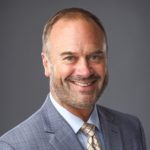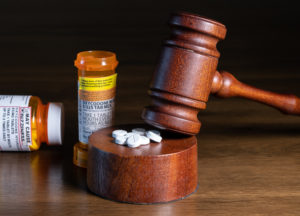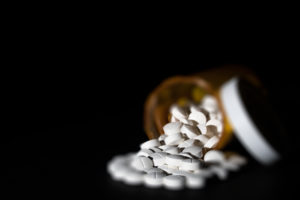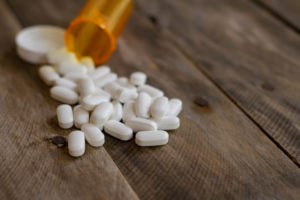Today, we will wrap up our look at the National Pediatric Acquired Brain Injury Plan. Yesterday, we concluded our 3rd article by discussing how the Plan and the regional centers will address the transition of these children from minors to adults.
The sixth category of care to be addressed by the regional centers will include the issues facing rural and Tele-health. The scope of this problem is enormous. Approximately 40% of all Americans live in cities with less than 200,000 people. Rural hospitals without specialty staffing for neurological emergencies comprise approximately 80% of hospitals nationwide, yet they provide care for nearly 54 million US citizens. This data from the American Hospital Association evidences the fact the majority of Americans are not living near a hospital that can properly address the issues facing pediatric acquired brain injury. Part one of the solution to this problem would include the Sarah Jane Brain Foundation state lead centers. When funded, these state lead centers will provide expertise and coverage within a 200 mile radius for 42% of the United States, including Hawaii, Alaska and Puerto Rico. The question for the reader must be, "What about the other 58%?" The easy answer would be, "Where there is cellular service and/or internet access, there is expertise available". The concept of tele-medicine (part two of the solution), would involve the Sarah Jane Brain Foundation Tele-Medicine National Center. This center will provide:
1. Access for physicians and nurses in remote, rural or community hospital settings to interact during acute, sub-acute and chronic stages with experts in all specialties;
2. Allow access by experts in distant locations to review, monitor and assess patient status;
3. Quality monitoring across state lead lines.
This technology is FDA approved for remote delivery of vital signs including high enough quality video for visual exams and surgical guidance from remote sites. Tele-Medicine is already in use in the U.S. Military and many hospitals throughout the United States. The Tele-Medicine component will rely upon all other national leads to provide the best care possible for children who have sustained a closed head injury regardless of location.
The last category of care for the regional centers will involve a concept of a virtual center of care. It is anticipated that the stages of the virtual center will include the following:
1. Patient and family centered registry;
2. Electronic health and personalized record portal integration across life-ecosystems; and
3. Online, up-to-date and relevant content to provide continual resources for child, families and care providers.
This virtual integration of constantly updated information across patient, advocate, provider and researcher lines will ensure a virtual ecosystem model of care for pediatric acquired brain injury. By linking all categories of care, virtual technology will allow access to a shared community both rural and urban. Virtual technology will allow rapid access to break-throughs across mild injuries and acute injuries as well as reintegration and adult transition. Virtual training for prevention and long term care as well as repeat check-ups through Tele-Health, will not only provide high quality care to rural groups, but also standardize best practices on a nationwide basis.
Ultimately, the virtual center will be focused in promoting research, advancing discovery speed to application, empowering patients as well as outreach to the community, providing anonymous and highly linked care as well as integrating data to inform public policy.
As Patrick Donohue, the founder of the Sarah Jane Brain Project, is often quoted saying, "Things work out best for those who make the best out of the way things work out", I cannot think of a better approach to standardizing our care for the future of our society who have suffered, at times, a subtle, yet severe, injury to their brains and minds. By establishing this national PABI plan, we ensure, as a society, that our children who have sustained these injuries have the best chance at living a full and meaningful life.
As a final note, I think it important for you to put a face with and meet the folks beind the Sara Jane Brain Foundation. Here’s the founder Patrick Donohue and his daughter Sara Jane.

Mr. Smith has practiced as a trial attorney since graduating Notre Dame Law School in 1992. He has litigated cases across the country including cases from Ventura County, California to Middlesex County, New Jersey. He practices in both State and Federal courts.









Comments for this article are closed.